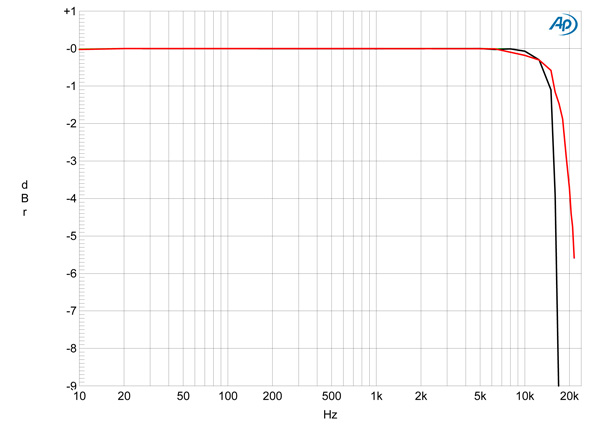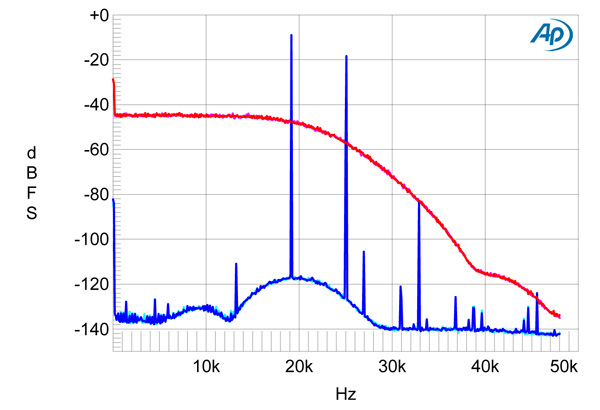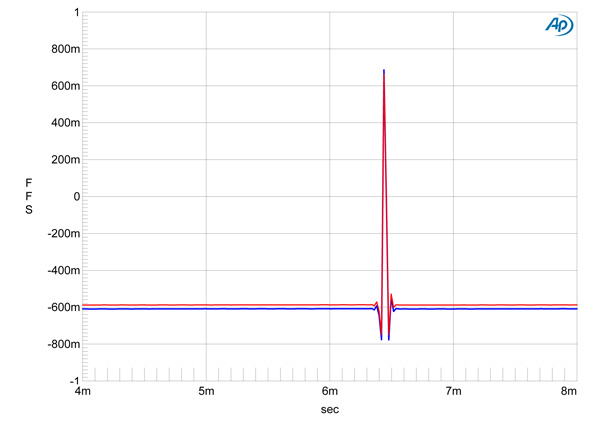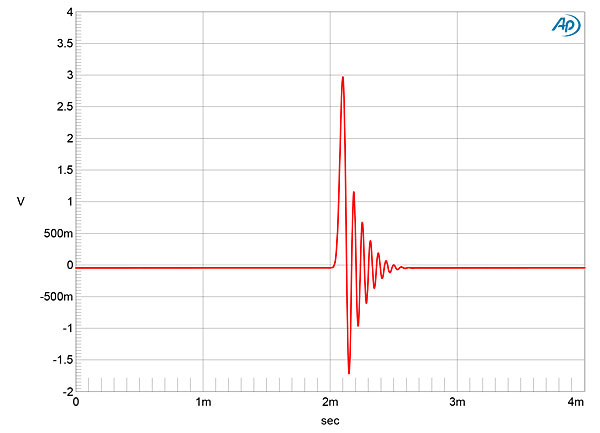| Columns Retired Columns & Blogs |
Great review; I would have been happy reading even more technical info and how these engineers think. Do the engineers at CH believe that 16 bits are good enough for Red Book replay?
It was nice to read their attention to the transport, a pet peeve of mine on expensive players. The best machines I ever heard and owned were in-house-built transports or heavily modified ones; Wadia, Linn, Luxman, Esoteric, and others used well-designed solid transports to minimize vibration.
I would love to hear CH products with SACD recordings. It is a shame that format never really took off. Its built-in copy-protection limited how it could be used and connected to other components.
Great review; I can’t wait to read about the other related CH products.
















































